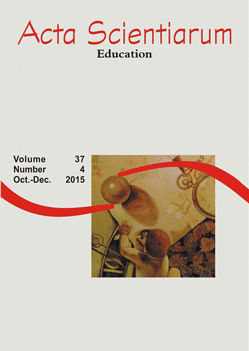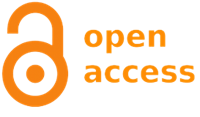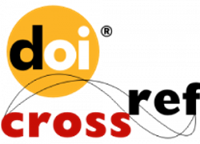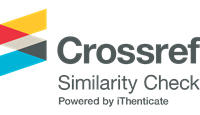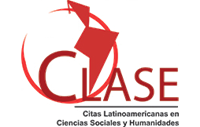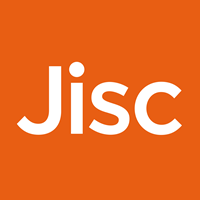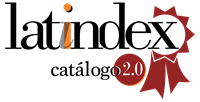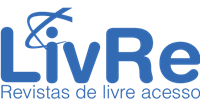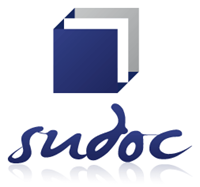<b>Performance of first-year undergraduate students attending exact sciences courses in problems of the additive conceptual field
Abstract
This paper, which is part of a research based on the theoretical framework of the Theory of Conceptual Fields, investigated the performance of first-year undergraduate students attending Exact Sciences courses at the State University of Maringá, Brazil, with regard to the solution of problems in the additive conceptual field. Results obtained by these students evidenced some types of reasoning involved in additive structure that stand as an obstacle to the learning of Mathematics and may interfere with their future studies. Among the three classes that constitute the additive conceptual field proposed by Gérard Vergnaud, transformation problems had the highest rate of unsatisfactory results. However, errors committed by the students were detected in all problems of the diagnostic test. These results underscore the need for a broader discussion in academic environments that takes into account the difficulties in the test with regard to reasoning involving additive structure so that changes in the curricular structures of Exact Sciences courses may be fostered.
Downloads

This work is licensed under a Creative Commons Attribution 4.0 International License.
DECLARATION OF ORIGINALITY AND COPYRIGHTS
I declare that this article is original and has not been submitted for publication in any other national or international journal, either in part or in its entirety.
The copyright belongs exclusively to the authors. The licensing rights used by the journal are the Creative Commons Attribution 4.0 (CC BY 4.0) license: sharing (copying and distributing the material in any medium or format) and adaptation (remixing, transforming, and building upon the material thus licensed for any purpose, including commercial purposes) are permitted.
It is recommended that you read this link for more information on the subject: providing credits and references correctly, among other crucial details for the proper use of the licensed material.



